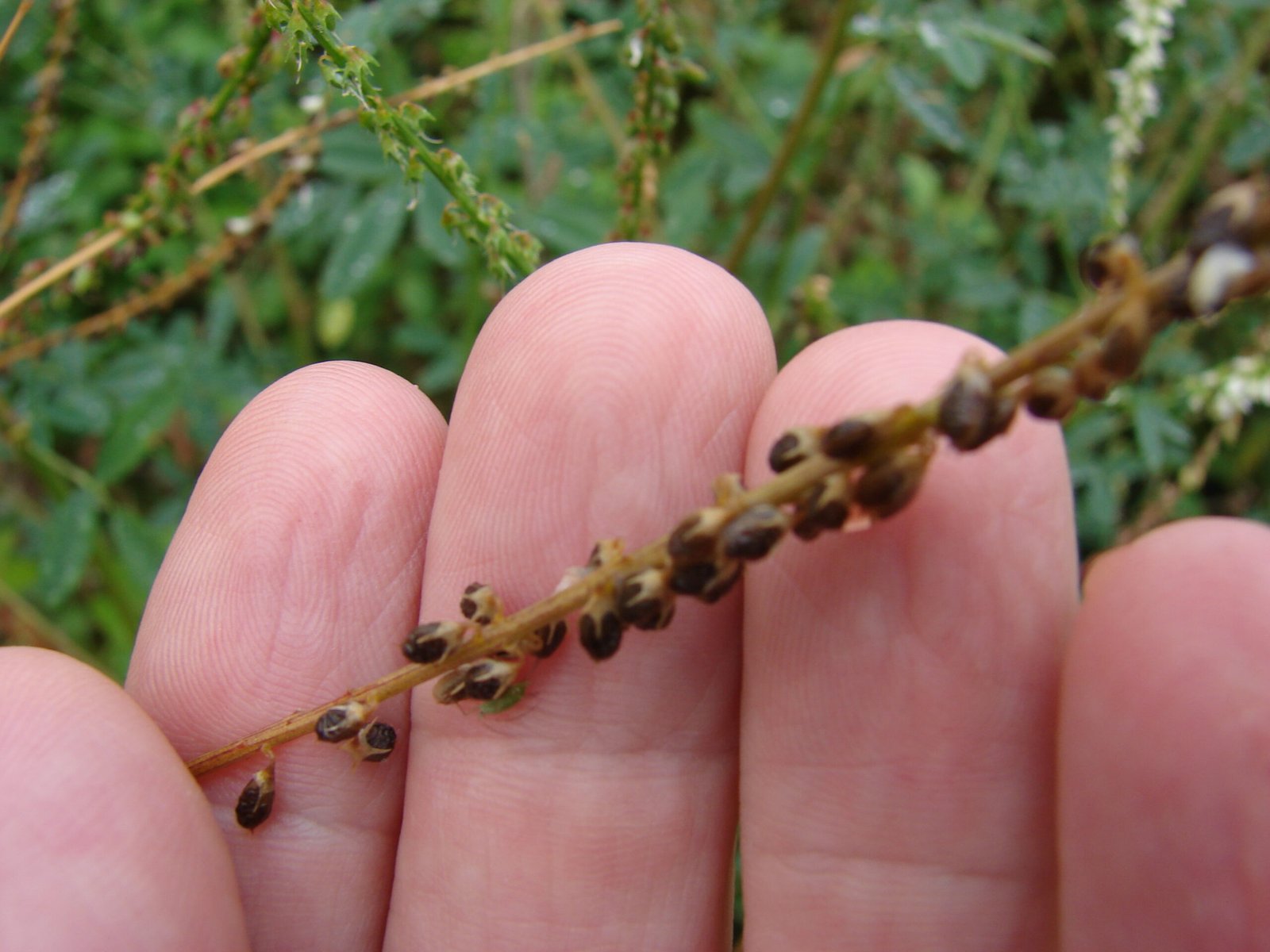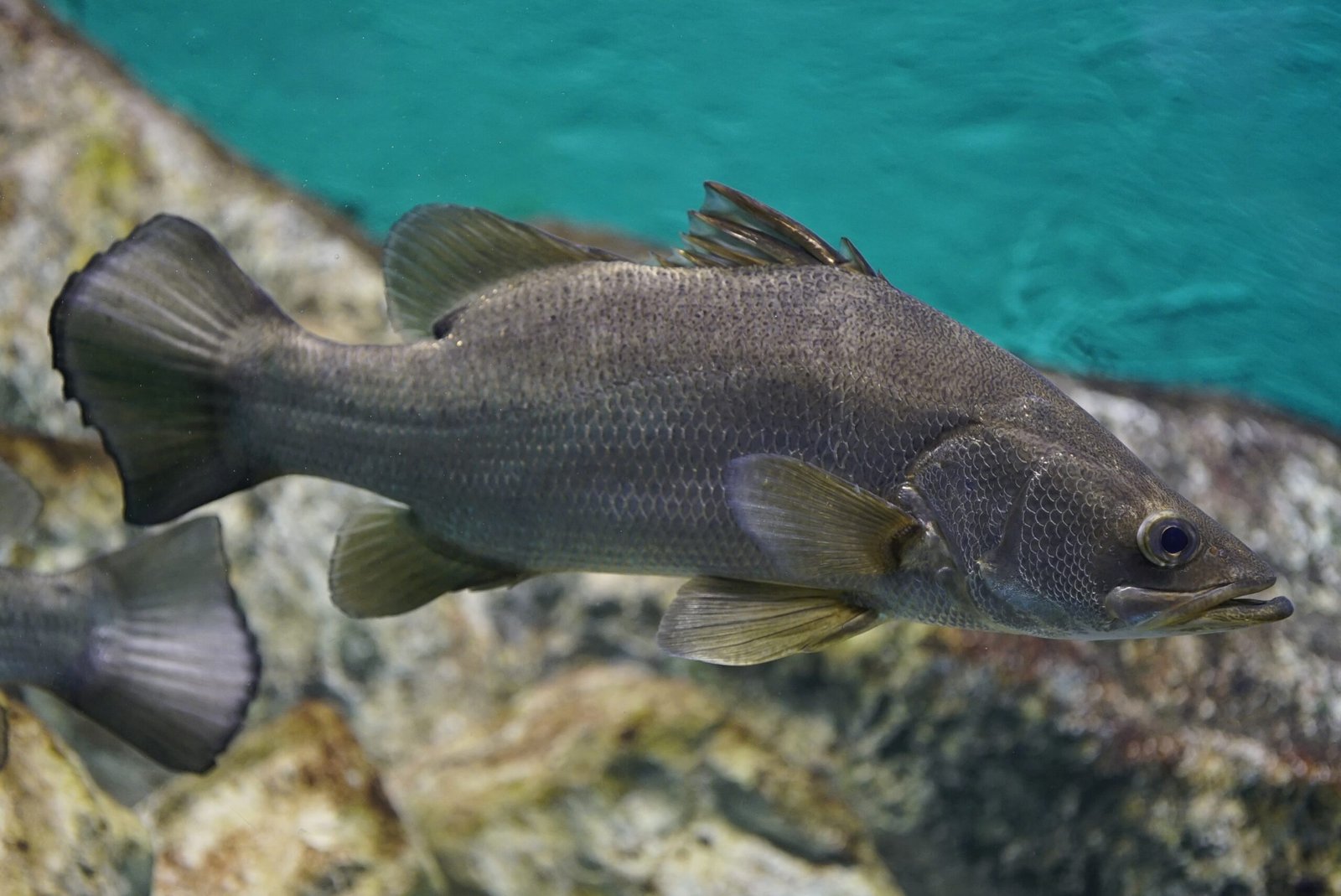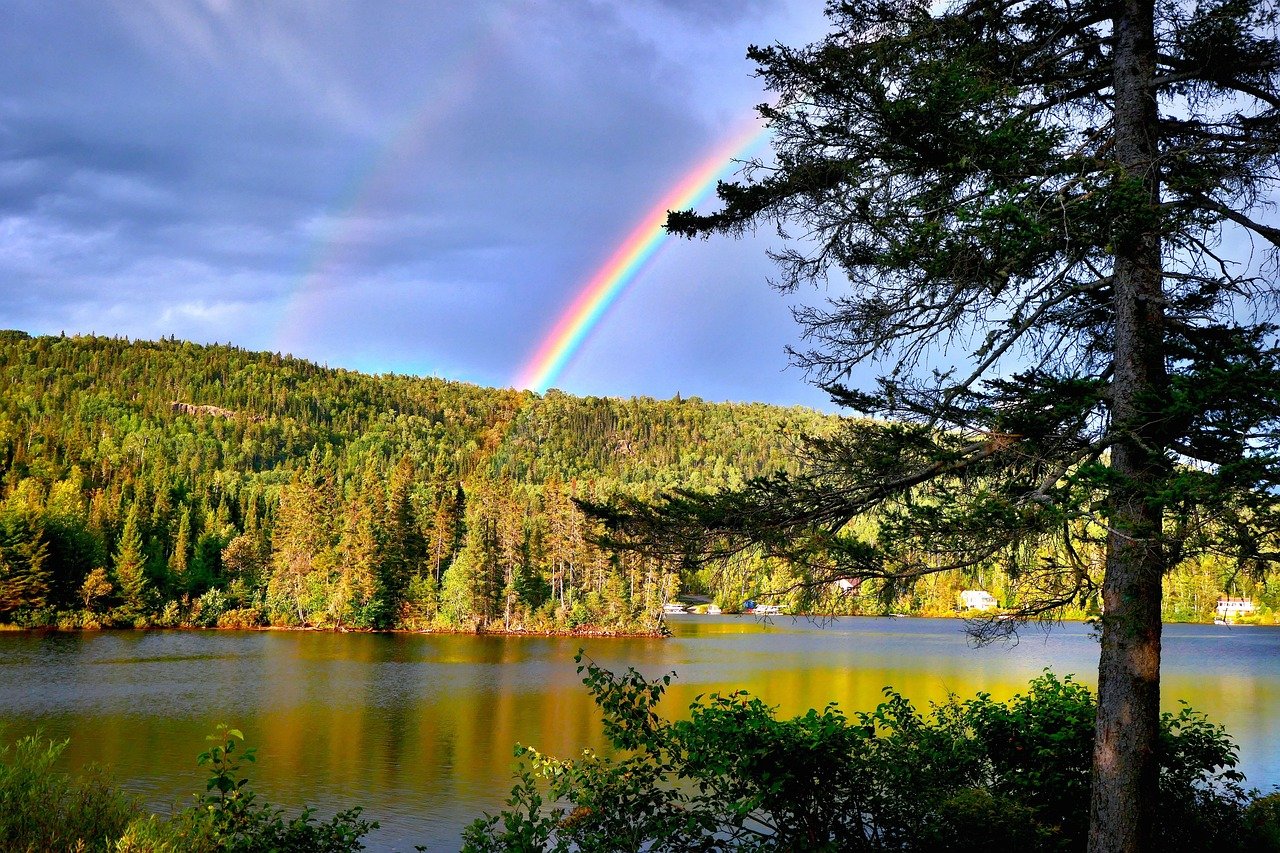Imagine a tapestry woven with delicate threads, each representing a unique species playing its role in the ecosystem. Now, picture a foreign thread being introduced, one that is stronger and more aggressive, threatening to unravel the intricate design. This is the analogy that best describes the impact of invasive species in African ecosystems. These uninvited guests can wreak havoc on the delicate balance of nature, leading to dire consequences for native species, local communities, and the environment as a whole.
The Concept of Invasive Species
Invasive species are organisms that are introduced, either intentionally or accidentally, into an environment where they are not native. Once introduced, they have the potential to cause harm to the environment, economy, or even human health. In the context of African ecosystems, these species can range from plants to animals and microorganisms. Their ability to adapt quickly and outcompete native species for resources makes them particularly troublesome. Unlike native species, invasive species often have no natural predators in their new environment, allowing them to proliferate unchecked.
How Invasive Species Enter African Ecosystems

The introduction of invasive species into African ecosystems can occur through various pathways. Human activities are a significant contributor, with global trade, travel, and transport playing key roles. For example, seeds of non-native plants may hitch a ride on imported goods, while animals may escape from captivity or be released intentionally. Natural events like storms can also carry species across oceans and lands. Once they arrive, these species can establish themselves rapidly, taking advantage of the lack of competition and predation.
Impact on Biodiversity
Invasive species pose a significant threat to biodiversity in African ecosystems. They often outcompete native species for food, water, and shelter, leading to declines in native populations. Some invasive species even prey directly on native species, causing further harm. This loss of biodiversity can have cascading effects throughout the ecosystem, as each species plays a role in maintaining ecological balance. In some cases, entire ecosystems can be altered or destroyed, leading to the loss of unique habitats and the extinction of native species.
Economic Consequences
The economic impact of invasive species in Africa is vast and multifaceted. Agriculture can suffer as invasive plants outcompete crops, leading to reduced yields and increased costs for farmers. Fisheries may be affected by invasive aquatic species that disrupt food webs and reduce fish populations. In addition, invasive species can damage infrastructure and natural resources, leading to costly repairs and management efforts. The economic burden can be particularly heavy for developing countries, where resources for managing invasive species may be limited.
Threats to Human Health
In addition to their environmental and economic impacts, invasive species can also pose risks to human health. Some invasive plants and animals are carriers of diseases that can be transmitted to humans. For example, invasive mosquitoes can spread malaria and other vector-borne diseases. Allergens from invasive plants can trigger respiratory issues, while certain invasive animals can cause injuries or accidents. The health impacts of invasive species highlight the need for effective management and prevention strategies.
Case Study: The Nile Perch in Lake Victoria

One of the most well-known examples of an invasive species in Africa is the Nile perch in Lake Victoria. Introduced in the 1950s to boost the local fishing industry, the Nile perch quickly became a dominant predator in the lake. Its presence led to the decline and extinction of numerous native fish species, some of which were found nowhere else in the world. The ecological imbalance caused by the Nile perch also had social and economic repercussions, affecting local communities that relied on the lake’s resources.
Management and Control Strategies
Effective management and control of invasive species in Africa require a multifaceted approach. Prevention is key, with measures to reduce the risk of introduction through trade and travel. Once invasive species are established, early detection and rapid response are crucial to prevent their spread. Control methods may include physical removal, chemical treatments, or biological control using natural predators. Collaboration among governments, non-governmental organizations, and local communities is essential to develop and implement effective strategies.
Community Involvement and Education
Local communities play a vital role in managing invasive species and protecting African ecosystems. Education and awareness programs can empower communities to identify and report invasive species, participate in monitoring efforts, and adopt sustainable practices. Community involvement can also foster a sense of stewardship and responsibility for the environment, encouraging proactive measures to prevent the introduction and spread of invasive species. By working together, communities can help safeguard the biodiversity and health of their ecosystems.
The Role of Technology and Innovation

Advancements in technology and innovation offer new opportunities for managing invasive species in Africa. Remote sensing and geographic information systems (GIS) can help track the spread of invasive species and identify areas at risk. Genetic research and biotechnology may provide novel solutions for controlling invasive populations. For example, gene editing techniques could be used to reduce the reproductive success of invasive species. By harnessing technology and innovation, we can develop more effective and sustainable strategies for managing invasive species.
The Future of African Ecosystems

The future of African ecosystems depends on our ability to address the challenges posed by invasive species. While the task may seem daunting, there is hope in the resilience of nature and the power of human ingenuity. By prioritizing prevention, management, and collaboration, we can protect the rich biodiversity and vibrant ecosystems that define Africa. Let us work together to ensure that the tapestry of life in Africa remains strong and beautiful, free from the disruptive threads of invasive species.



